1. Tiffany Studios Lamps
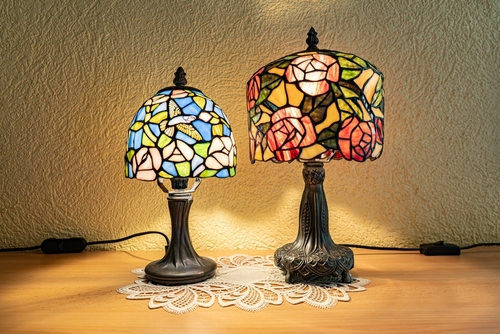
Tiffany lamps are known for their stunning stained glass shades and intricate bronze bases. Created in the late 19th and early 20th centuries, they were handmade, which means no two are identical. If you try to re-solder or “fix” a cracked glass panel, you destroy the lamp’s originality. Even cleaning too aggressively can loosen the fragile leading.
Collectors today prefer Tiffany lamps with their natural age and even a few imperfections. These details confirm authenticity in a market flooded with reproductions. A restored lamp, no matter how beautiful, can drop from six figures to half that value. In this case, a little tarnish is worth a small fortune.
2. Early Gustav Stickley Mission Furniture

Once seen as plain and utilitarian, original Stickley Mission furniture from the early 1900s is now museum-worthy. Collectors prize its simple lines and handcrafted joinery, which capture the essence of the Arts and Crafts movement. Even refinishing the wood or replacing hardware can slash its value by thousands. The untouched patina is what makes these pieces authentic, so it’s best to leave the nicks and age marks alone.
Many well-meaning owners have sanded down Stickley tables only to find out later that they erased the proof of its century-old craftsmanship. The original finish tells the story of how the piece was used and loved. In the antiques world, that history is gold. Restoration might make it prettier, but it also makes it ordinary.
3. First-Edition Books with Original Dust Jackets

It might be tempting to rebind or clean up an old book, but collectors crave authenticity above all. A first-edition Great Gatsby with its rare dust jacket can fetch hundreds of thousands of dollars. Restore that cover, though, and it’s suddenly worth a fraction of that. Even professional restoration can change how experts evaluate its originality.
The paper, ink, and even the smell of age are part of what collectors love. These books are historical artifacts, not just stories. Every tear or faded edge adds to their character. Restoring them might make them look new—but it makes them lose their soul.
4. Victorian Mourning Jewelry
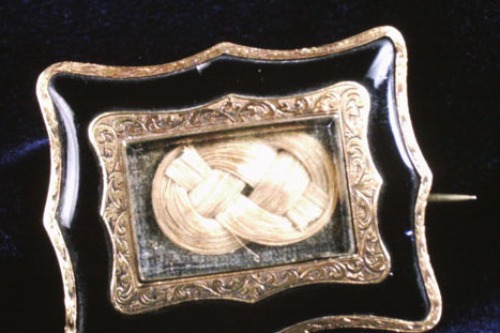
Made from jet, onyx, or even woven human hair, Victorian mourning jewelry was deeply personal. Each piece carried emotional and social meaning, especially during the height of Queen Victoria’s mourning for Prince Albert. Modern restoration can strip away these connections by altering original materials. Even cleaning can cause delicate details to crumble.
Collectors prefer jewelry that still bears its timeworn beauty. The dark patina and slight cracks tell a story of loss and devotion. When it’s polished or remade, it loses that history. Sometimes, sentimentality is the most valuable part.
5. Original Eames Lounge Chairs

The Eames Lounge Chair from the 1950s remains an icon of modern design. Early models, especially those with rosewood shells and original leather, are highly collectible. Refinishing or reupholstering might make them look showroom-new, but it erases the details that authenticate their era. Even minor changes to the screws or cushions can impact provenance.
Collectors pay more for pieces showing honest wear because it proves originality. The slight fading of the leather or minor scuffs on the wood tell of mid-century life and use. A perfectly restored chair might as well be a reissue. The imperfections are what make it truly valuable.
6. Qing Dynasty Porcelain
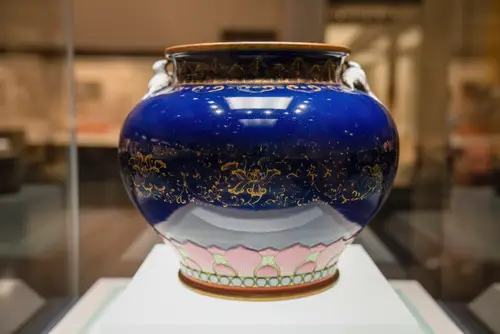
Qing Dynasty porcelain, particularly from the Kangxi and Qianlong periods, has skyrocketed in value. These pieces often feature hand-painted glazes and imperial marks that define entire chapters of Chinese history. Restoring chips or repainting faded designs removes those essential clues. Once altered, experts can’t verify authenticity—and the value plummets.
Collectors and museums now prize untouched examples, even with visible flaws. The wear confirms that the porcelain lived through centuries of history. Restoration, however well-meant, breaks that timeline. In this case, cracks really do add character.
7. Navajo Chief’s Blankets

Woven in the mid-1800s, Navajo Chief’s blankets are among the most sought-after pieces of Native American art. Their vivid colors and intricate geometric patterns were hand-dyed using natural pigments. Attempting to “fix” fading or reweave damaged areas can erase the historical weaving techniques that make them unique. Every fiber tells a story of artistry and survival.
Collectors prefer the authenticity of wear over a refreshed look. The fading reds and worn corners are part of their narrative. Restoration often modernizes the weave, betraying its origins. These blankets are valuable precisely because they show their age.
8. Art Nouveau Posters by Alphonse Mucha
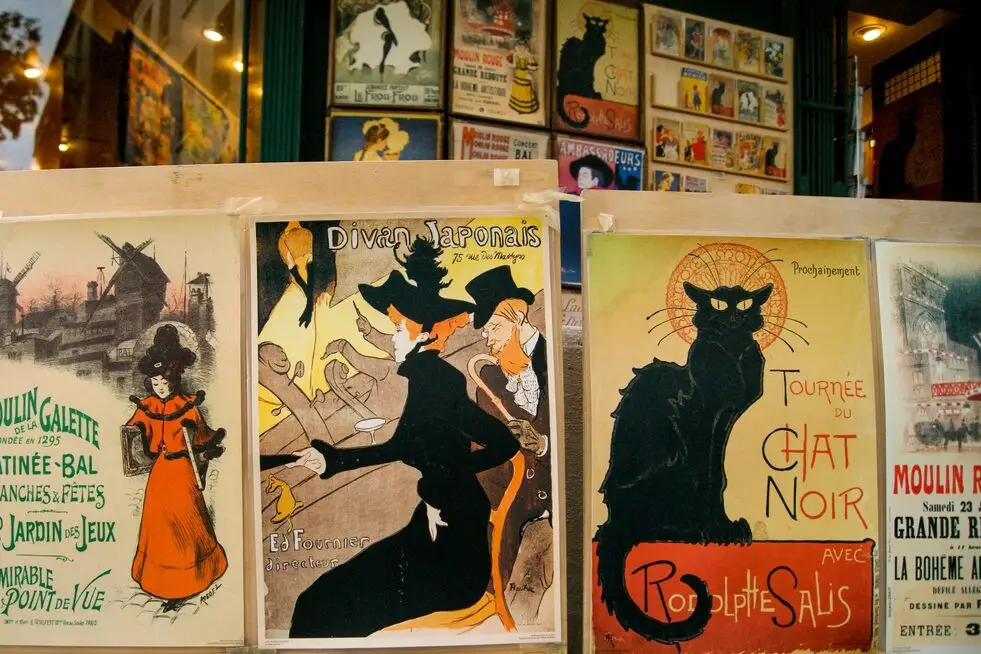
Mucha’s posters defined the Art Nouveau movement at the turn of the 20th century. Original lithographs were printed on delicate paper that wasn’t meant to last, which makes surviving examples rare. Over-restoring these posters by bleaching or flattening can ruin their collector value. Even retouching the ink changes the balance of color that Mucha intended.
Collectors love the soft discoloration and folds that reveal a poster’s age. They don’t expect perfection—they expect history. Once you intervene too much, it stops being a relic and becomes a replica. That’s a steep trade for beauty.
9. Early Coca-Cola Advertising Signs
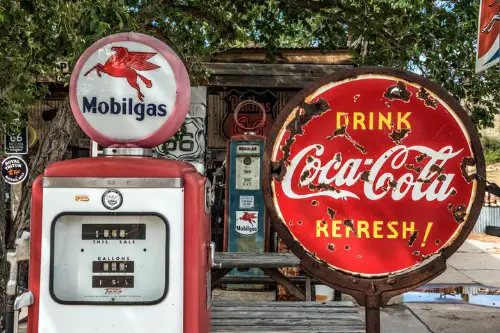
Vintage Coca-Cola signs from the early 1900s are icons of Americana. The earliest porcelain enamel versions are now highly collectible. Repainting them or trying to “touch up” rust actually destroys their legitimacy. Experts can spot modern paint instantly, and the value drops dramatically.
Collectors seek signs with natural wear and original lettering intact. The rust, fading, and dents prove the piece’s age and authenticity. In restoration, those scars are often erased. Ironically, the damage is what collectors pay for.
10. 18th-Century Longcase Clocks
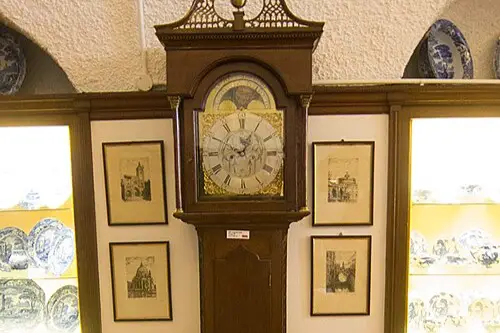
Grandfather clocks from the 1700s are masterpieces of engineering and artistry. They were often custom-made by regional clockmakers, and each mechanism tells a story. Replacing parts or refinishing the case can obliterate clues to its maker and age. Even cleaning the dial too thoroughly can remove original gilding.
Collectors and horologists value untouched mechanisms, even if they don’t work perfectly. The craftsmanship lies in the original materials. Once those are replaced, the clock loses its historical fingerprint. Sometimes, silence is worth more than ticking.
11. Shaker Furniture
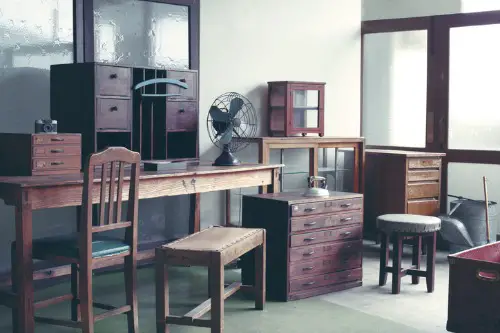
Shaker furniture is beloved for its simplicity and spiritual design philosophy. Original pieces are scarce, as many were used heavily and later refinished. Sanding or staining them erases the subtle hand-tool marks that define true Shaker craftsmanship. What looks like “restoring” is actually erasing the human touch.
Collectors appreciate the humility and wear of genuine pieces. The soft sheen from decades of use can’t be recreated. Refinishing makes them look mass-produced, not handmade. The beauty of Shaker work lies in its restraint—and that includes leaving it alone.
12. Vintage Rolex Watches with Patina
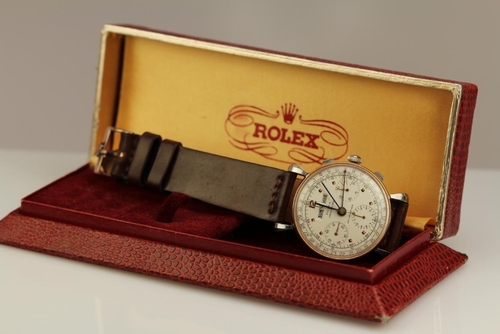
Collectors used to chase spotless, polished watches—but not anymore. Original Rolexes from the 1950s to 1970s are now prized for their “tropical” dials and untouched finishes. Polishing removes sharp case edges and the natural patina that proves authenticity. A service polish can cut thousands off its market price.
Collectors now call these unaltered pieces “honest watches.” The faded lume and worn bezel aren’t flaws—they’re badges of history. Restoration makes them look generic, wiping out the story of their decades of use. Sometimes, scratches are worth more than shine.
13. Mid-19th Century Quilts
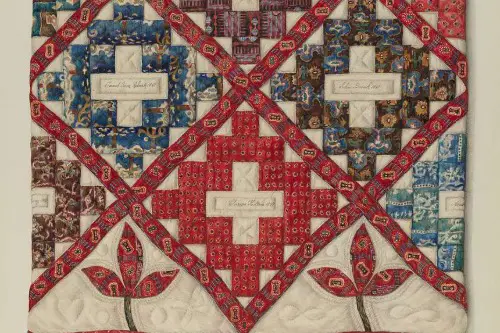
Antique quilts, especially those with hand-stitched patterns, tell stories of family life and regional design. Trying to patch or replace sections disrupts the original artistry and fabric dye chemistry. Collectors and museums now prefer quilts in their authentic, even frayed, condition. Modern thread or fabric instantly gives away restoration work.
Each stitch represents the hands and lives of its makers. Preserving that connection is more important than making it look “new.” Restoration can erase the human story woven into it. Better to cherish the wear as part of its charm.
14. Early Fender Stratocasters
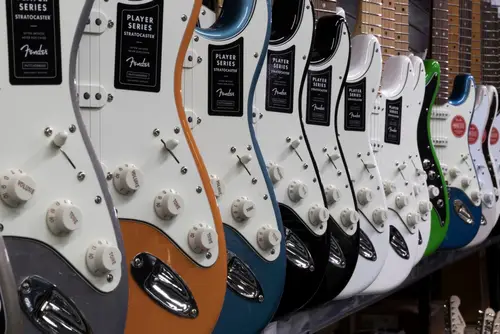
Electric guitars from Fender’s golden era—the 1950s and early 1960s—are now investment-grade collectibles. Refinishing or replacing original parts, even screws or knobs, can halve their value. The worn paint, cigarette burns, and fret wear all authenticate the instrument’s life and tone. Restoration changes both the look and the sound.
Collectors call this “mojo,” and they pay extra for it. A flawless refinish might look cleaner, but it sounds less alive. These instruments carry decades of sweat, sound, and stage lights. Sometimes, the rust and scratches are the real music.
This post 14 Antiques That Are Now Too Valuable to Restore was first published on Greenhouse Black.
